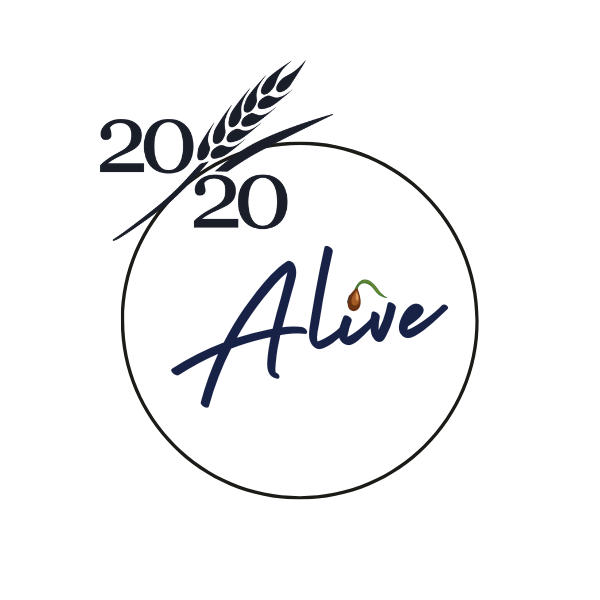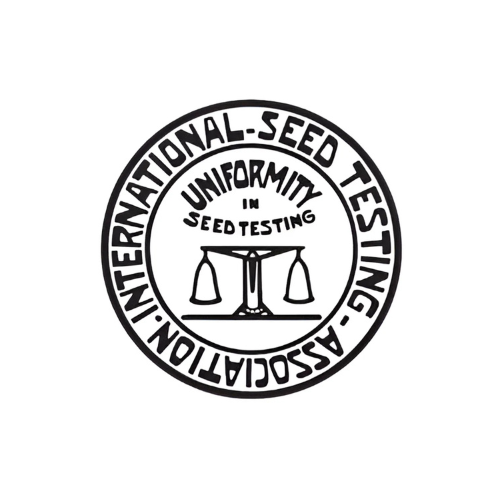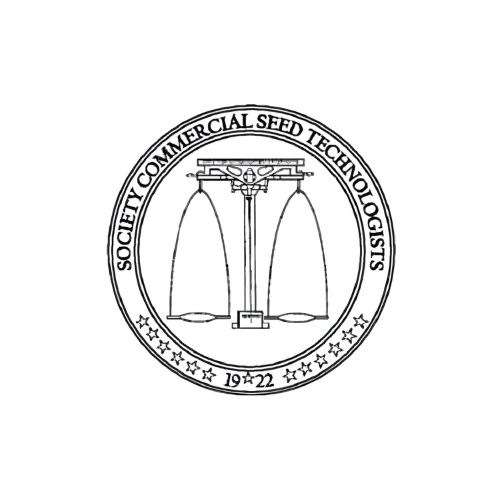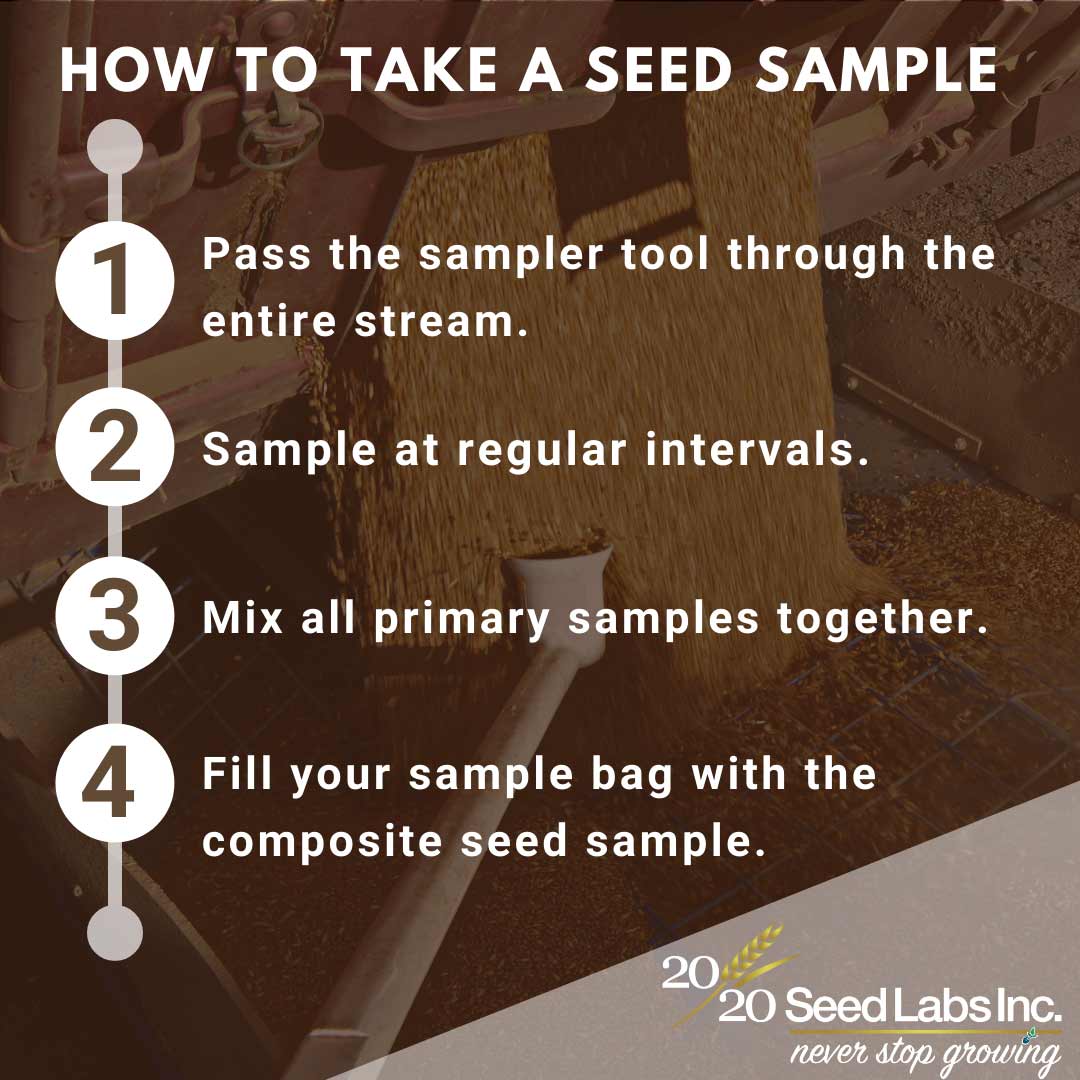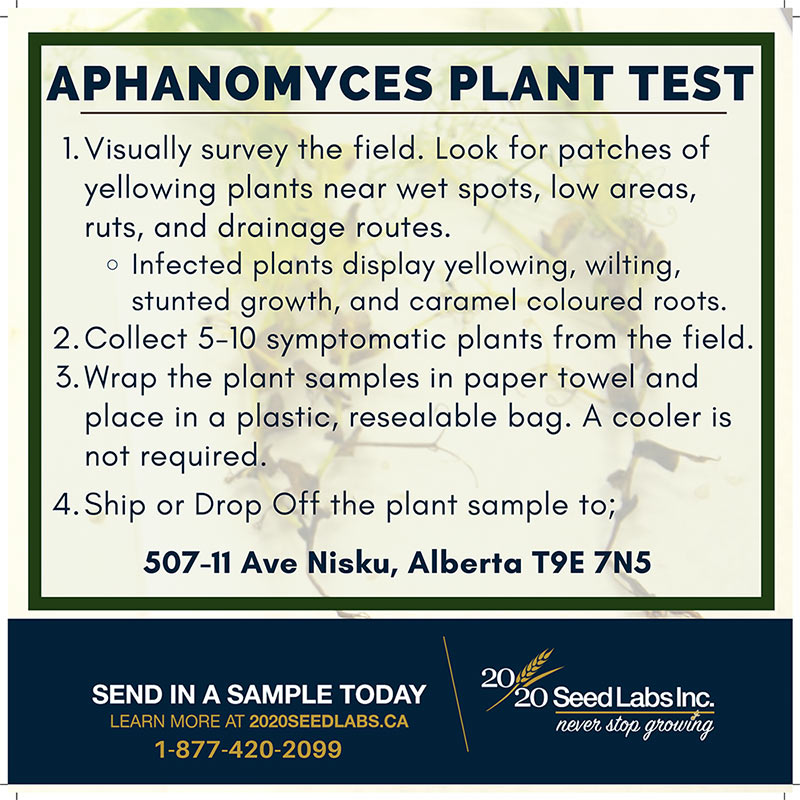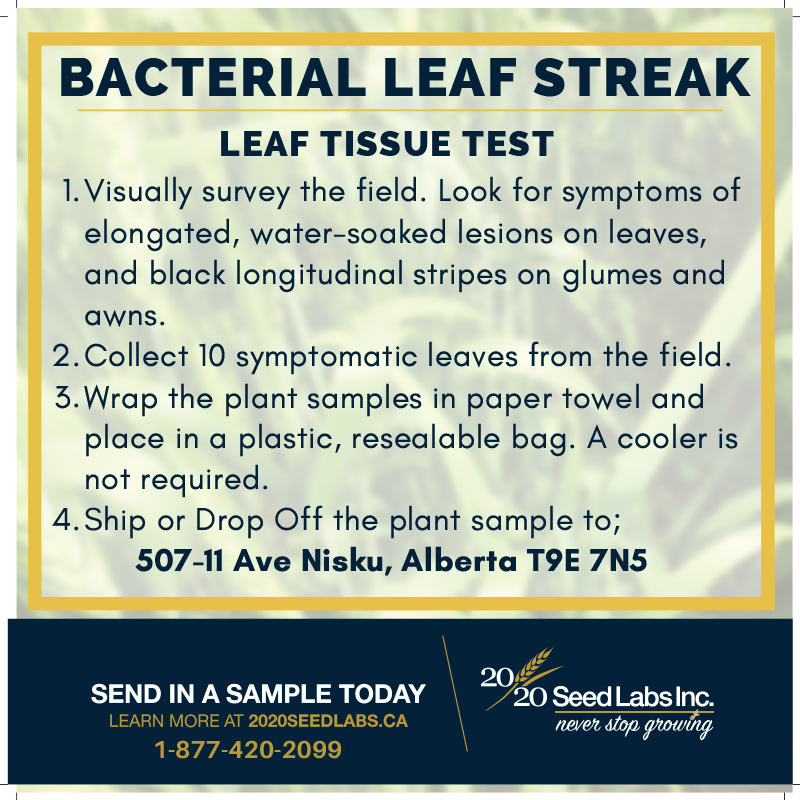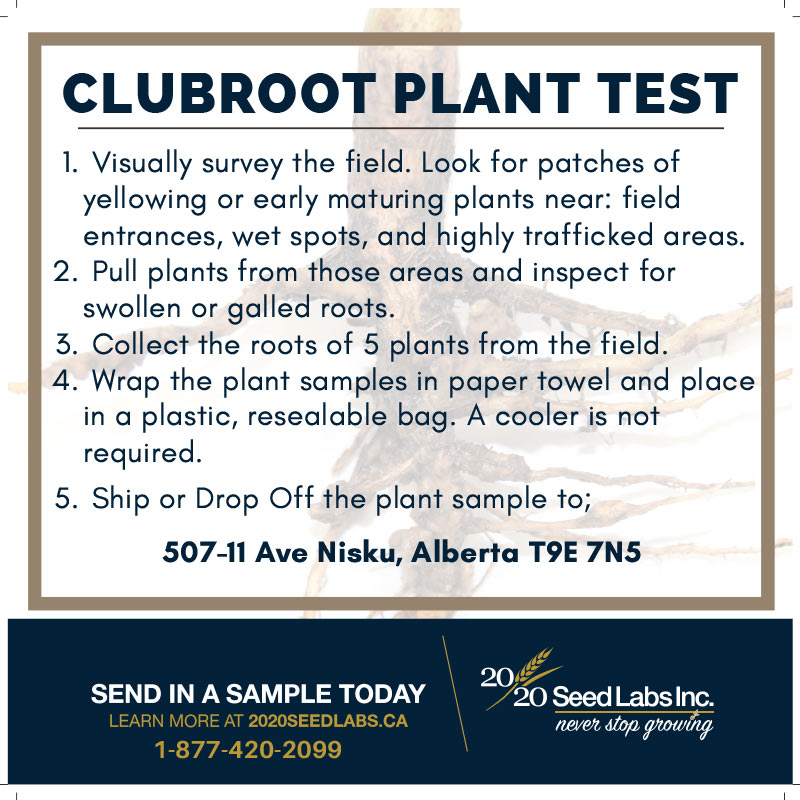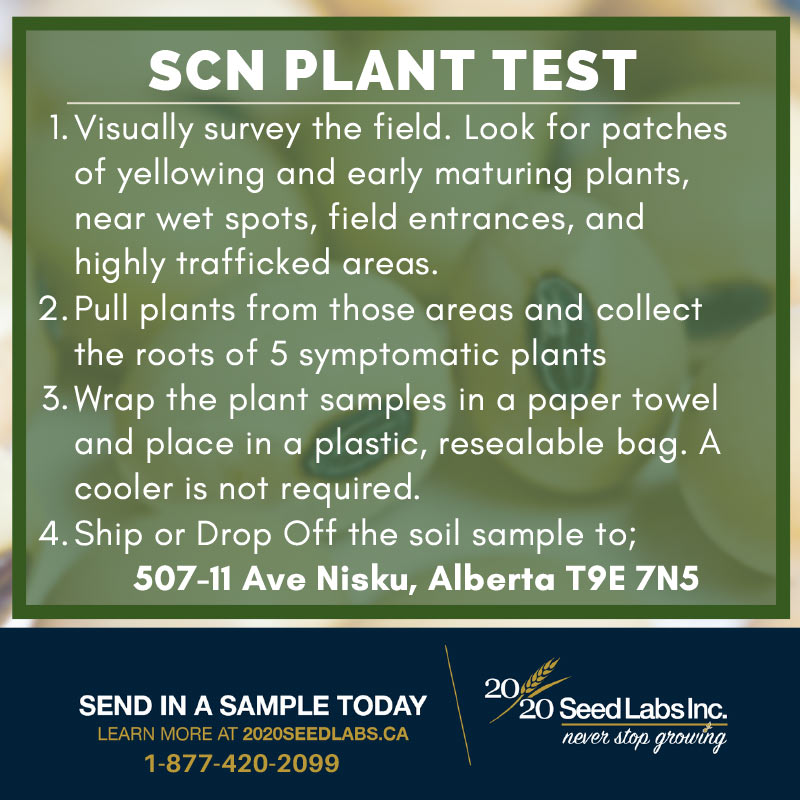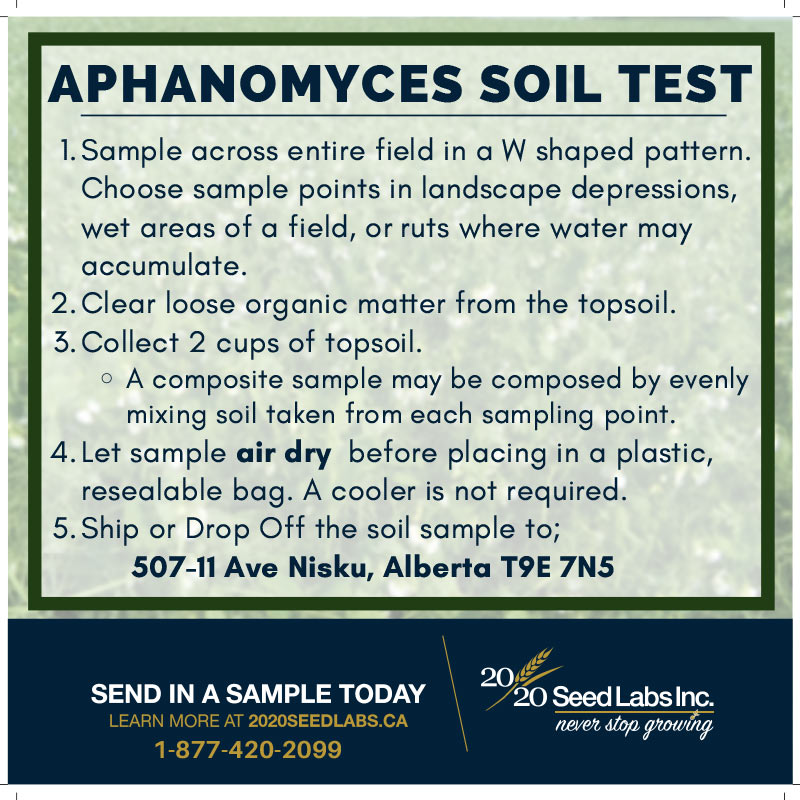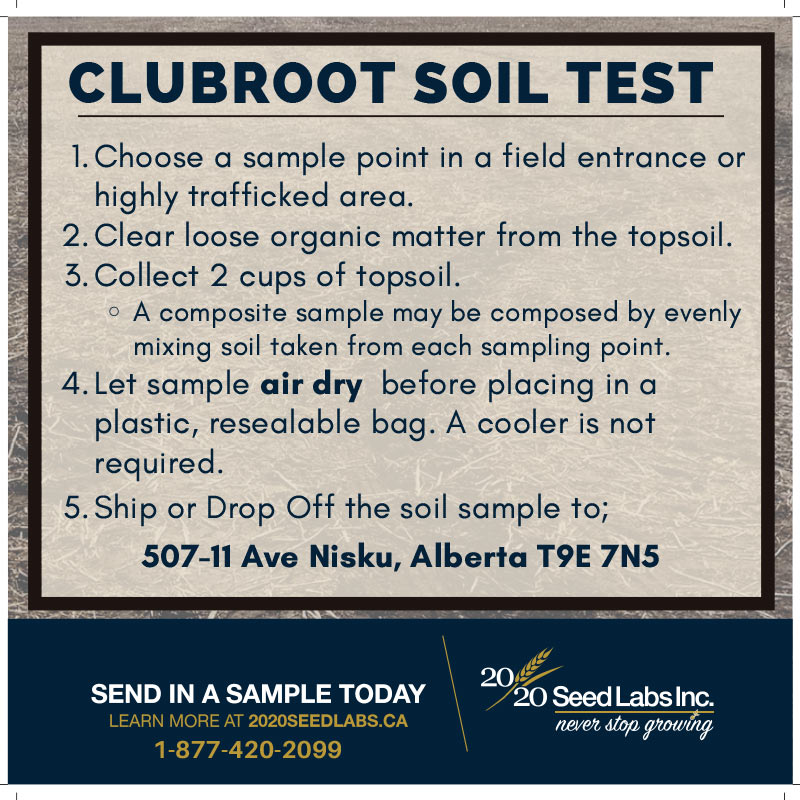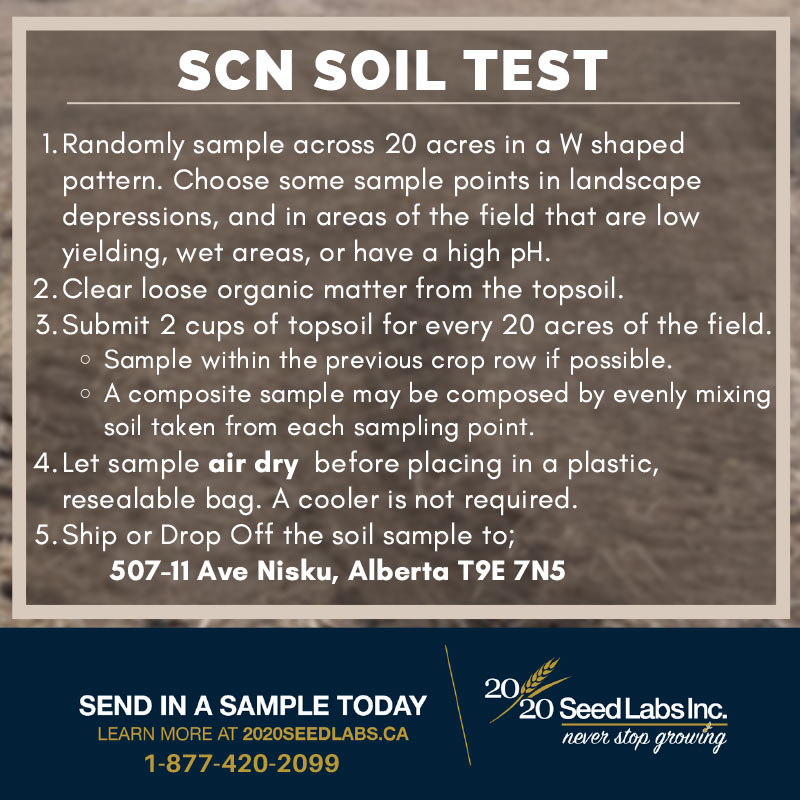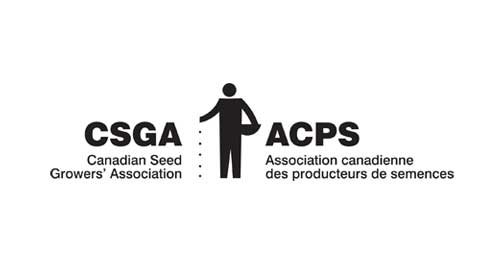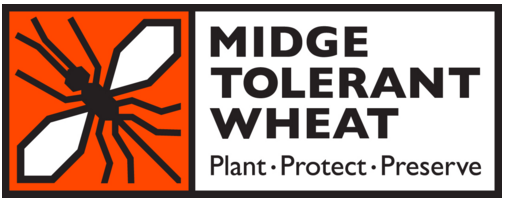Soil Testing
Protecting Prairie Soil Health from the Ground Up
As Canada’s first fully accredited, independently owned seed testing lab, 20/20 Seed Labs Inc. combines advanced diagnostics with real-world agricultural insight. Our soil testing services for Aphanomyces, Clubroot, help you stay one step ahead of emerging disease pressure.
Healthy soil is the foundation of strong, sustainable crops.
At 20/20 Seed Labs Inc., we provide soil diagnostic testing across Canada to detect and manage two of the most impactful soil-borne diseases and pests affecting Prairie agriculture:
- Aphanomyces euteiches – Root rot in peas and lentils
- Plasmodiophora brassicae – Clubroot in canola and other brassicas
- With accredited laboratories in Nisku, Alberta and Winnipeg, Manitoba, 20/20 Seed Labs offers trusted, science-based insight to help you make confident rotation and management decisions before problems emerge.
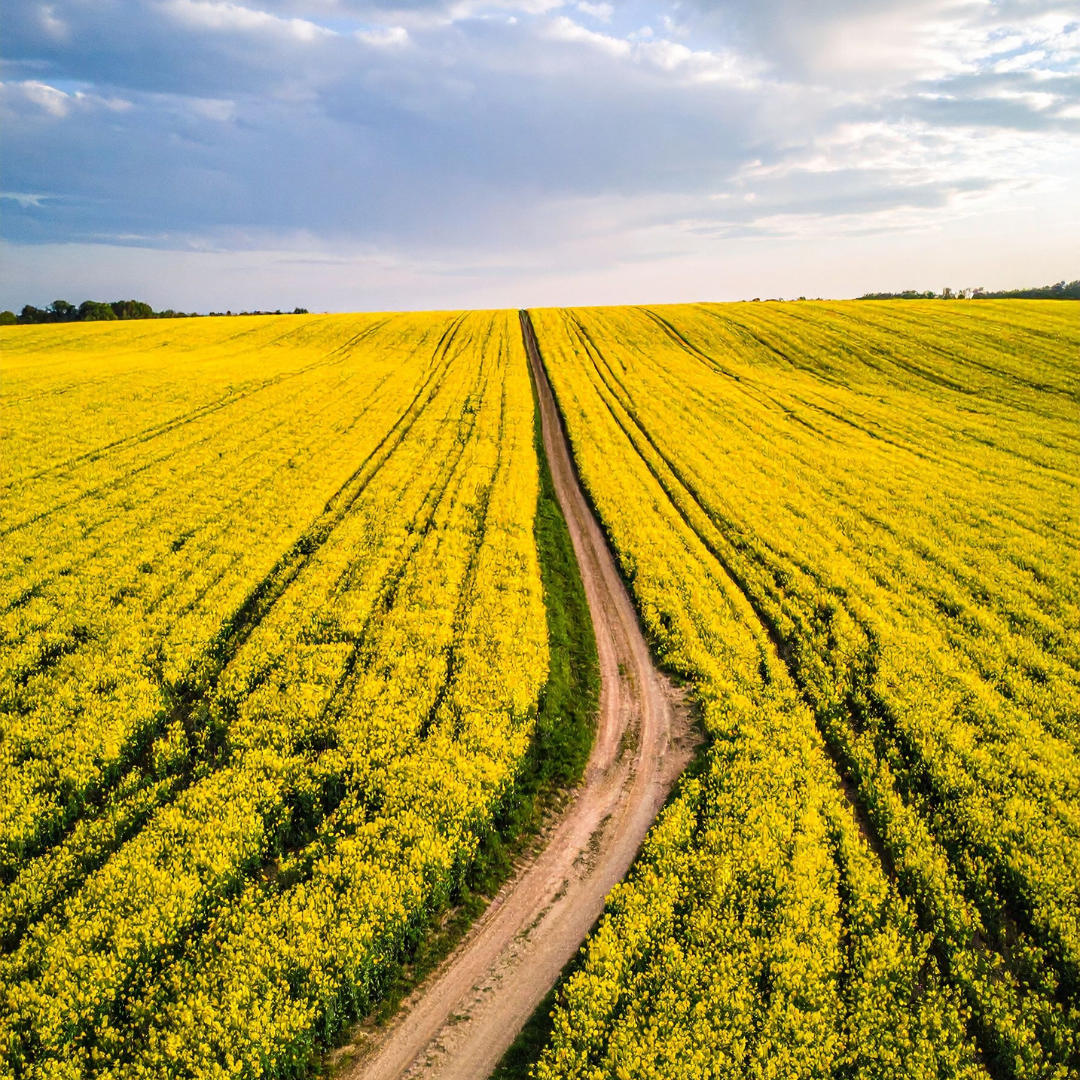
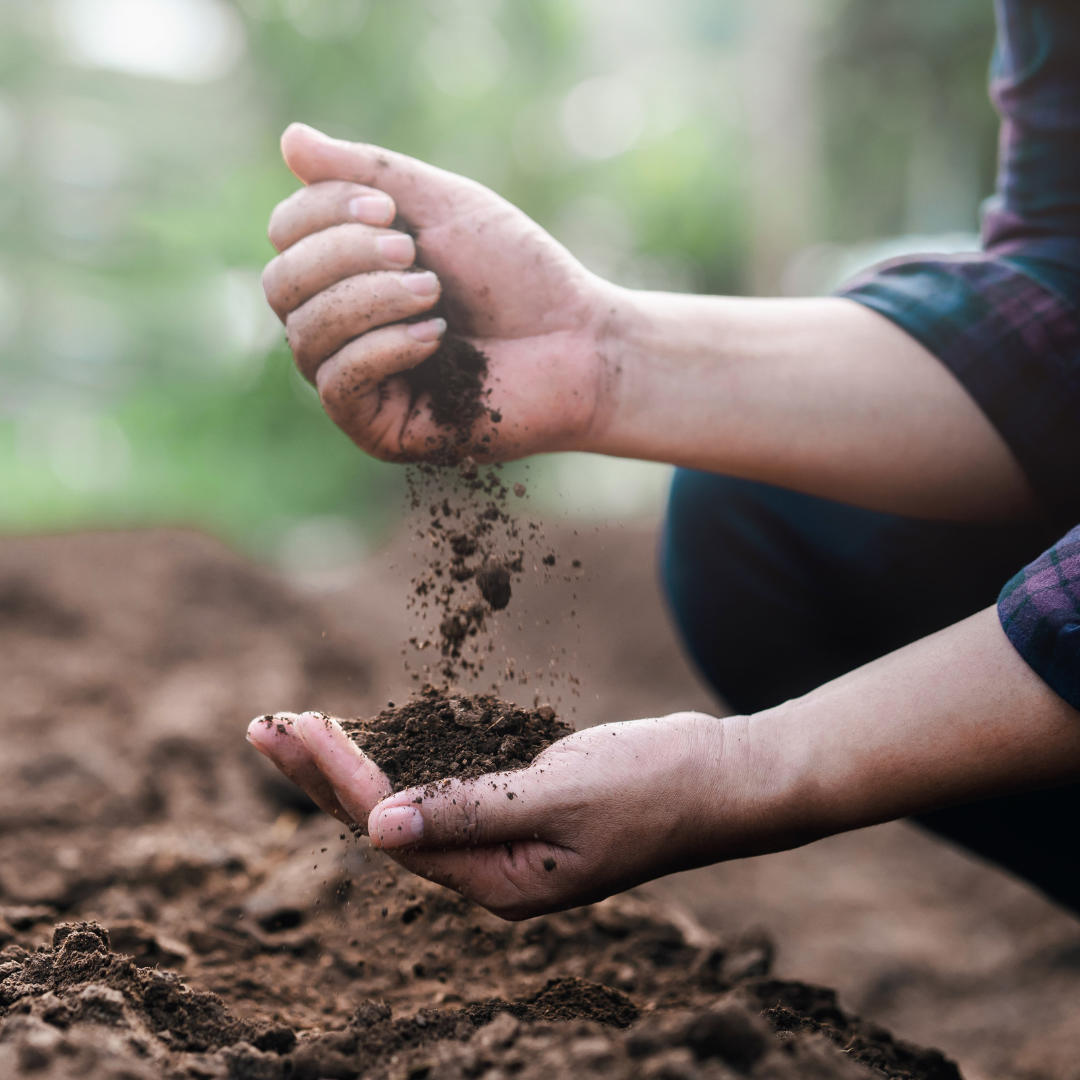
Why Soil Testing Matters in Canada
Soil-borne pathogens and pests can persist for years — sometimes decades — and often spread unnoticed through soil movement, drainage, or contaminated equipment. Early detection is the only way to prevent long-term yield loss and protect land value.
Our soil testing services use advanced molecular and microscopic diagnostics to identify the presence of Aphanomyces, and Clubroot, long before visible symptoms occur. This information allows you to:
- Plan rotations to avoid host crops.
- Select resistant or tolerant varieties.
- Manage soil movement and sanitation between fields.
- Monitor disease progression year-to-year.
Fast Facts: Soil-Borne Risks Across the Prairies
Aphanomyces root rot can persist for 10+ years in Prairie soils.
A growing threat in Alberta and Saskatchewan, Aphanomyces euteiches attacks pulse crops under wet conditions, reducing nodulation and yield even when no symptoms appear above ground.
Clubroot spores can survive up to 20 years — now found across all Prairie provinces.
First detected near Edmonton in 2003, Clubroot has spread through Alberta, Manitoba, and Saskatchewan. Each gram of infected soil can contain thousands, even millions of spores, making prevention and testing essential.
Soil movement remains the #1 pathway for all three threats.
Resting spores spread easily on tires, tillage tools, boots, and custom equipment. Clean-down and proactive testing protect both your operation and surrounding fields.
Soil Tests Offered
How to Take a Soil Sample
Use clean tools (soil probe, auger, or spade) free from contaminated soil.
Collect 15–20 subsamples per field from the top 5–10 cm (root zone). Sample in a W-shaped pattern at entrances out to a maximum of 150 feet into the field, also target low spots, entrances, and stressed areas. Do not sample randomly.
Mix thoroughly in a clean pail to form one composite sample (~1 litre). Submit a minimum of 2 cups of soil in a large plastic bag.
Label clearly with your name, field ID, and requested test(s): Aphanomyces, Clubroot.
How to Submit a Soil Sample
Know before you grow.
Protect your fields, rotations, and soil health for seasons to come.

